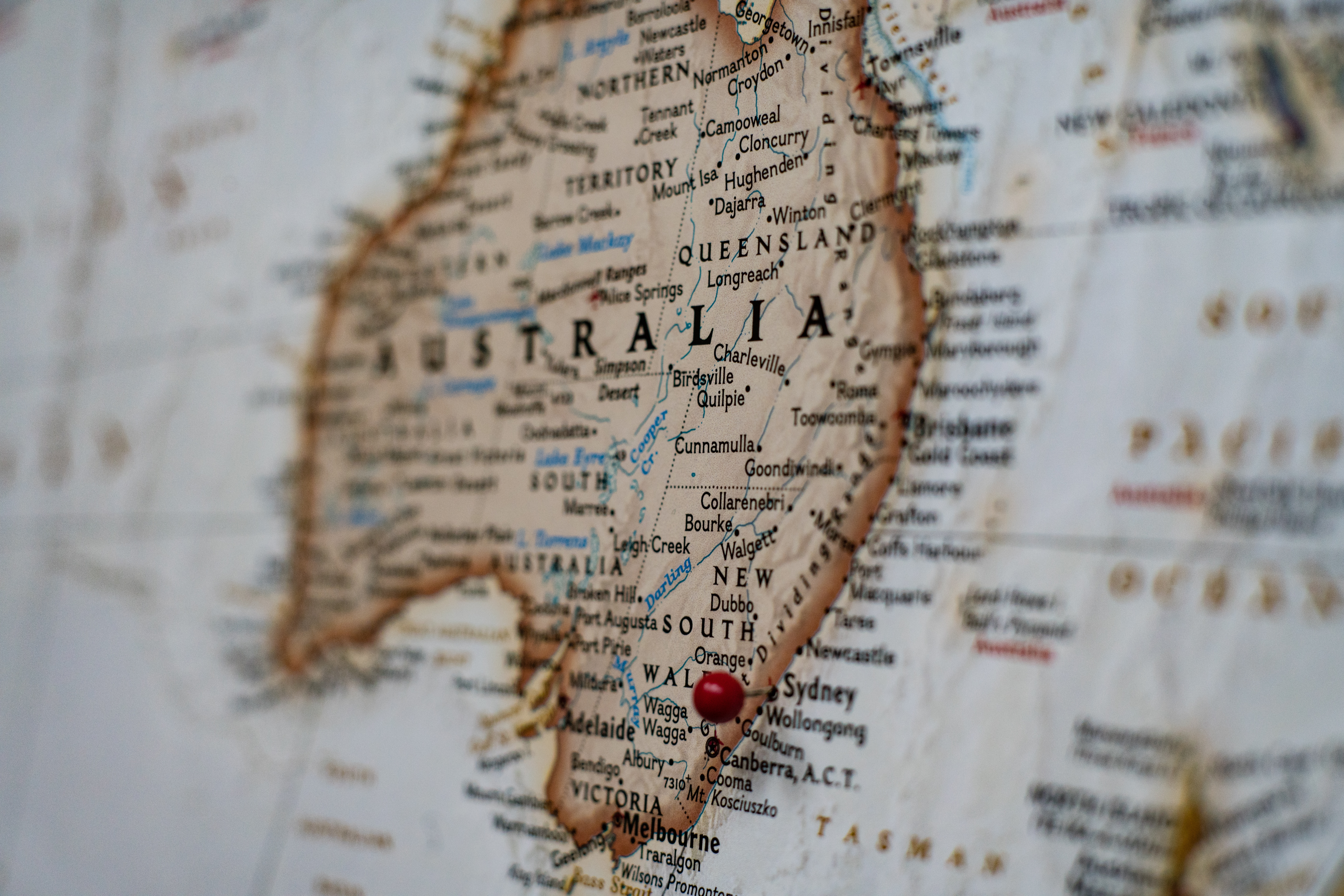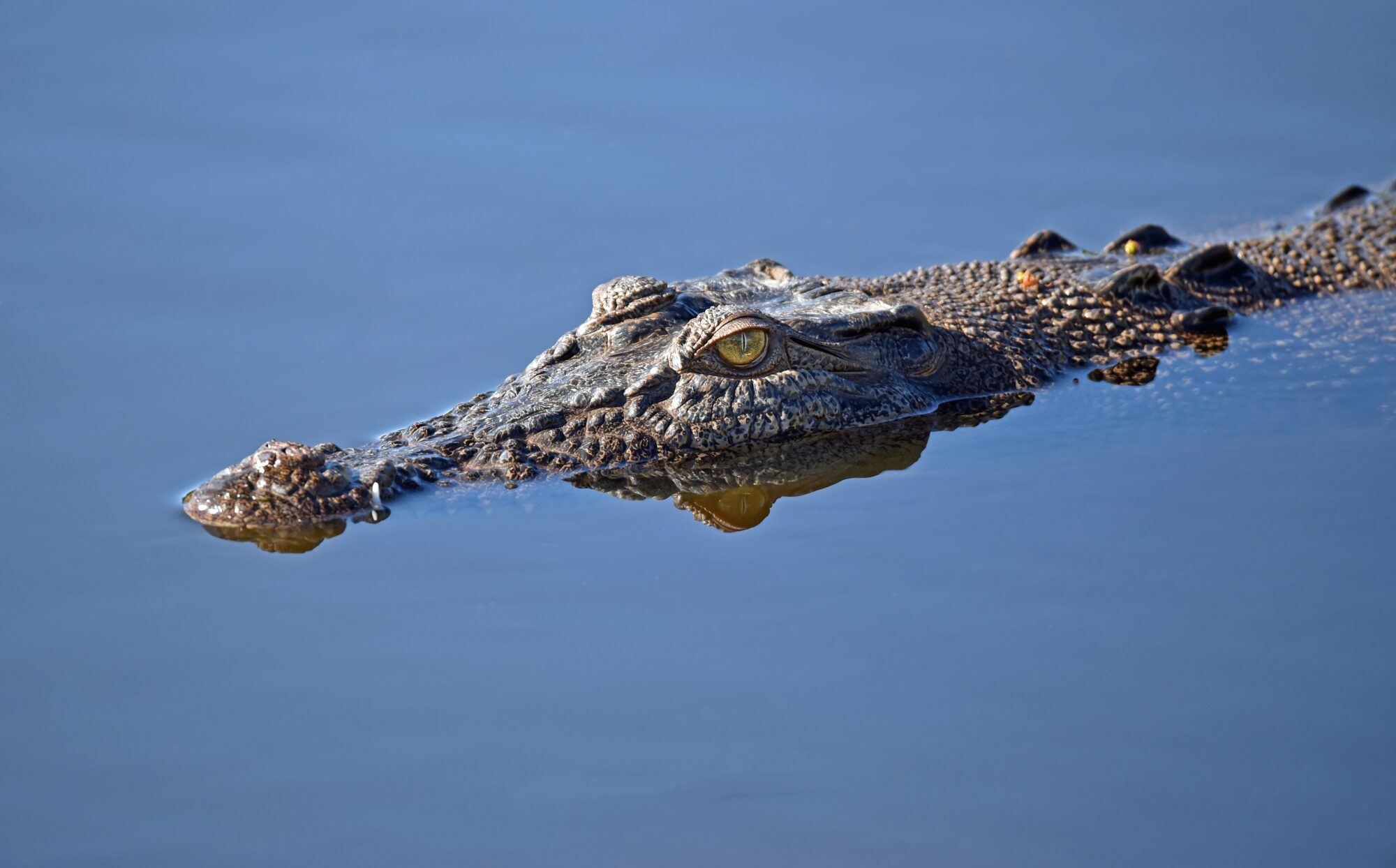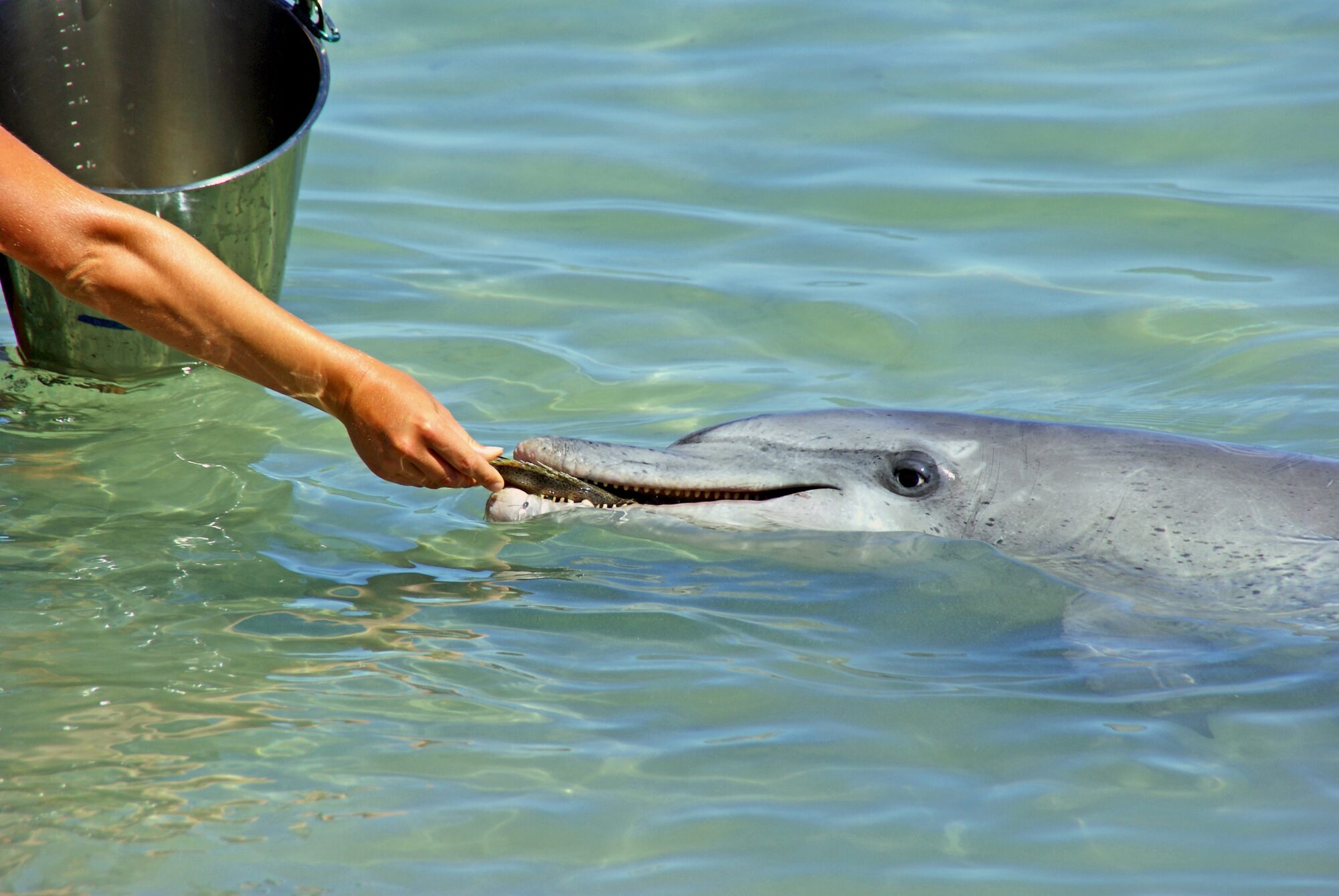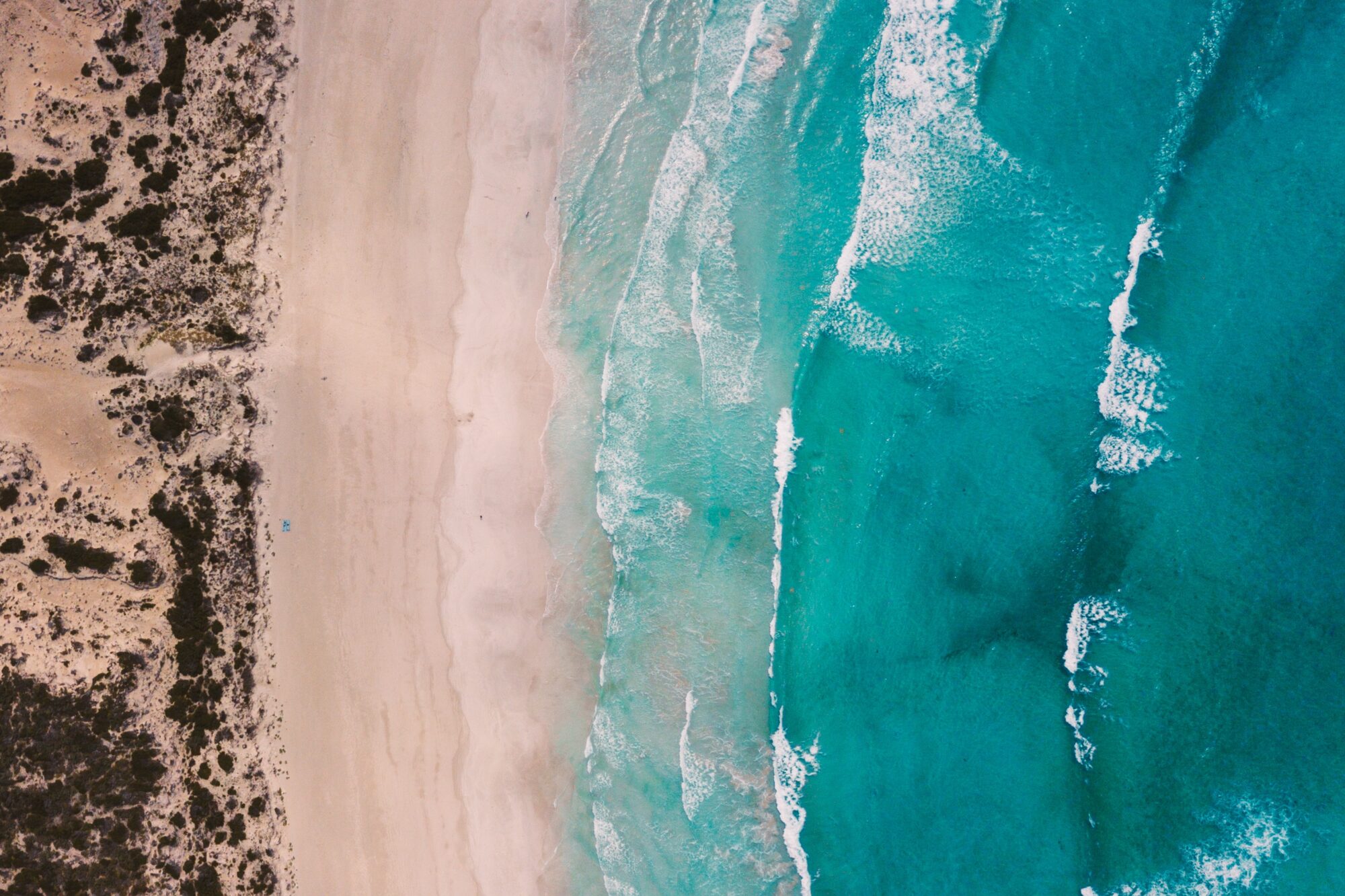Visit the Most Uniquely Named Towns in Australia

Australia is a land full of surprises, with diverse landscapes, unique wildlife, and a rich cultural heritage. But one aspect of Australia that often goes overlooked is its quirky and unusual town names. On a road trip from Sydney, you could stumble across Tumbarumba, or maybe stop in at Humpty Doo in the Northern Territory! These towns have some of the most unique and memorable names in the world.
We will take a tour of some of Australia’s best-named towns and explore their histories and origins. Pick up a car or campervan hire and join us on a journey of discovery as we uncover the stories behind these curious names and the fascinating places that bear them.
Walla Walla
Walla Walla is a small town located in the Riverina region of New South Wales, Australia. It is situated about 45 kilometres north of the city of Albury and is known for its rich agricultural history and beautiful countryside.
The town’s name is said to have originated from the local Indigenous word “Wallawalla,” which means “place of many rocks.” In the early 1800s, the area was settled by European pastoralists who established large sheep and cattle stations. Agriculture remains a vital part of the local economy, with wheat, barley, and canola being the primary crops grown in the region.
In recent years, Walla Walla has become a popular destination for tourists seeking a quiet and relaxing getaway. The town is surrounded by picturesque farmland, vineyards, and orchards, and visitors can enjoy exploring the area’s natural beauty by bike, foot, or car.
One of Walla Walla’s major attractions is its wineries, which produce some of the best wines in the Riverina region. Visitors can take a tour of the vineyards, taste the local wines, and learn about the winemaking process.
The town also boasts several historic buildings, including the Walla Walla Court House and the St Paul’s Anglican Church, both of which date back to the mid-1800s. The Walla Walla Museum, located in the old Railway Station, showcases the region’s rich history and culture, including its Indigenous heritage.
Humpty Doo
Humpty Doo is a small rural town located in the Northern Territory of Australia, approximately 40 kilometres south of the city of Darwin. Despite its small size, Humpty Doo is a thriving community known for its relaxed lifestyle, friendly locals, and unique blend of rural and urban living.
The town’s unusual name is said to have been derived from the local Indigenous word “umut-du,” which means “headless.” This is thought to refer to the large, rounded termite mounds that are a common sight throughout the region, which resemble headless figures.
The local economy is primarily based on agriculture, with mangoes, melons, and other tropical fruits being the primary crops grown in the area. Visitors to the town can take a tour of one of the many fruit farms in the region, where they can learn about the growing and harvesting process, taste the local produce, and purchase fresh fruits and vegetables to take home.
Humpty Doo is also known for its vibrant arts and cultural scene, with several galleries, studios, and exhibitions showcasing the work of local artists and craftspeople. The town’s annual Humpty Doo Art Festival is a major event on the local calendar, featuring live music, dance performances, workshops, and other activities for visitors of all ages.
Mount Buggery
Mount Buggery is a mountain located in the Alpine National Park in Victoria, Australia. The mountain is part of the Australian Alps, which is a mountain range that stretches across southeastern Australia. Despite its somewhat humorous and seemingly inappropriate name, Mount Buggery is a popular destination for outdoor enthusiasts and nature lovers.
The origin of the mountain’s name is somewhat unclear, but it is believed to have been named by early settlers in the area who were struggling to traverse the difficult terrain of the region. The name “Mount Buggery” was likely used as a euphemism for the challenges and hardships they faced in trying to navigate the rugged landscape.
Today, Mount Buggery is a popular destination for hikers, climbers, and other outdoor enthusiasts. The mountain’s summit offers stunning panoramic views of the surrounding landscape, including the nearby Mount Hotham and the Great Dividing Range. The surrounding Alpine National Park is also home to a wide variety of flora and fauna, including unique alpine plant species and a number of endangered and threatened animal species such as the Alpine She-oak Skink and the Alpine Tree Frog.
In addition to its natural beauty and recreational opportunities, Mount Buggery also holds historical significance. The mountain and surrounding area were once home to several Indigenous Australian tribes, and the region contains a number of important cultural and historical sites. Visitors to the area can learn about the region’s Indigenous history and culture through guided tours and educational programs.
Yorkeys Knob

Yorkeys Knob is a coastal suburb located in the Cairns region of Queensland, Australia. The suburb is situated approximately 15 minutes north of Cairns, and is a popular destination for tourists and locals alike due to its beautiful beaches, lush rainforest, and laid-back lifestyle.
The suburb’s unusual name is said to have been derived from the local Indigenous language, with “knob” referring to the nearby headland and “yorkey” being a slang term for a Yorkshireman, reflecting the area’s early English settlers.
One of the main attractions in Yorkeys Knob is its long, sandy beach, which stretches for several kilometres and offers visitors the chance to swim, surf, or simply relax in the sun. The beach is also popular among kite surfers, with the steady breezes in the area providing ideal conditions for the sport.
Yorkeys Knob is also located near the spectacular rainforest of the Barron Gorge National Park, which is home to a wide variety of flora and fauna, including rare and endangered species. Visitors can take a guided tour through the park, go for a hike on one of the many trails, or take a scenic drive through the rainforest to enjoy the stunning views and wildlife.
Monkey Mia

Monkey Mia is a small tourist town located in the Shark Bay World Heritage Area, in the Gascoyne region of Western Australia. The town is famous for its pristine beaches, crystal-clear waters, and the unique opportunity it offers visitors to interact with wild dolphins.
The origin of the name Monkey Mia is somewhat unclear, but it is believed to have been derived from an Aboriginal word that was recorded by early European explorers. It is thought that early European explorers misheard or mispronounced the name, leading to the name “Monkey Mia” being used instead. Some locals have also suggested that the name may have been a reference to the monkeys that were kept on nearby Peron Island during the 1800s, although this theory is not widely accepted. The Aboriginal name for the area was “Gathaagudu,” which means “place of the dugong,” as the area is known for its large population of dugongs, a type of marine mammal related to manatees.
Monkey Mia’s main attraction is undoubtedly its wild dolphins, which have been visiting the town’s beach for over 50 years. The dolphins have become accustomed to human presence over the years and come close to shore each morning to be fed by park rangers and visitors. The interaction with these intelligent and friendly creatures is a once-in-a-lifetime experience for many visitors, and is highly regulated to ensure the dolphins’ well-being.
The town itself is small and laid-back, with a range of accommodation options and dining venues to suit all budgets and tastes. There are also a number of cultural and historical attractions in the area, including the Hamelin Pool stromatolites, which are ancient rock formations that date back billions of years and are one of the world’s oldest living organisms.
Tittybong
Tittybong is a small rural locality situated in the north-western region of Victoria, Australia. The name of the town is derived from the Wergaia language of the Indigenous Australian people, and it is believed to mean “titty” or “breast” and “bong” or “hill”.
Despite its small size and remote location, Tittybong has gained a degree of notoriety due to its humorous and somewhat risqué name. This has led to the town becoming something of a tourist attraction, with visitors stopping by to take photos of the town’s welcome sign and to purchase souvenirs such as t-shirts and mugs featuring the town’s name.
In addition to its unusual name, Tittybong is known for its peaceful rural setting and picturesque natural surroundings. The town is situated in the heart of Victoria’s wheat belt, with vast fields of wheat and other crops stretching out in all directions. Visitors to the town can enjoy scenic drives through the countryside, take a walk along the banks of the nearby Avoca River, or simply relax and soak up the tranquil atmosphere.
For those interested in history and culture, Tittybong is home to several significant sites and landmarks. These include the nearby town of Donald, which features a number of well-preserved buildings and structures from the early 1900s, as well as several museums and galleries showcasing the region’s Indigenous and European heritage.
Overall, while Tittybong may be best known for its unusual name, the town offers visitors a unique and charming glimpse into rural life in Victoria, with its peaceful natural surroundings, rich history, and friendly locals.
Top of Form
Doo Town
Doo Town is a small, quirky town located on the Tasman Peninsula in Tasmania, Australia. The town is known for its unique and whimsical character, with nearly every house in the town featuring a pun or play on words incorporating the word “doo” into its name or sign.
The origins of the town’s unusual name stem from a local fisherman who, in the 1930s, changed the name of his shack from “Eureka” to “Doo I” as a playful reference to the sound that the sea makes when it hits the shore. Other residents soon followed suit, and the trend of using “doo” in house names and signs quickly caught on.
Today, visitors to Doo Town can take a stroll through the town and admire the many clever and humorous signs on display, such as “Love Me Doo,” “Doo Nix,” and “Doo Us a Flavour.” The town also has a thriving artistic community, with many local artists creating unique pieces of art inspired by the town’s playful and irreverent spirit.
Aside from its quirky charm, Doo Town is also a great base for exploring the natural beauty of the Tasman Peninsula. The area is home to stunning coastal landscapes, including the famous Tasman Arch and Devil’s Kitchen, as well as historic sites such as the Port Arthur Historic Site, a former penal colony that has been preserved as a UNESCO World Heritage Site.
Tumbarumba
Tumbarumba is a town located in the western foothills of the Snowy Mountains in New South Wales, Australia. It is situated approximately 480 kilometres south-west of Sydney and 100 kilometres south-east of the city of Wagga Wagga. Tumbarumba is known for its stunning natural beauty, with a mix of rugged mountain ranges, pristine forests, and rolling farmland.
Tumbarumba’s name is derived from an Aboriginal word meaning “hollow sounding ground” or “echo”, which is thought to refer to the unique geography of the area. The town and surrounding region have a long history of Aboriginal occupation, with the traditional custodians of the land being the Wiradjuri people.
The town has a population of around 2,500 people and is the hub of the Tumbarumba Shire local government area, which covers an area of over 4,000 square kilometres. The town is known for its strong sense of community, with a range of local events and festivals held throughout the year, including the famous Tumbafest, a celebration of local food, wine, and music that attracts thousands of visitors each year.
Tumbarumba is also a popular destination for outdoor activities, with a range of walking and cycling trails, fishing spots, and camping areas located in the surrounding national parks and forests. The town is also home to several wineries and vineyards, which produce a range of award-winning wines that reflect the unique terroir of the region.
Coffin Bay

Coffin Bay is a small coastal town located on the Eyre Peninsula in South Australia, around 46 kilometres west of Port Lincoln. The town is situated on the shores of a beautiful bay that is sheltered by the long sand dunes of the Coffin Bay National Park. The bay is known for its crystal-clear waters and abundant marine life, making it a popular spot for fishing, swimming, and other water activities.
There are a few different theories about how Coffin Bay got its name. One theory is that it was named after a naval officer named Isaac Coffin, who served as a captain in the British Royal Navy and was involved in surveying the waters of the Great Australian Bight in the early 19th century.
Another theory is that the town was named after a nearby island called Coffin Island, which was named by the explorer Matthew Flinders during his survey of the area in 1802. According to Flinders’ journal, he named the island Coffin Island because of its shape, which reminded him of a coffin.
Yet another theory is that the town was named after a ship called the Coffin, which was wrecked in the bay in the early 19th century. However, there is little historical evidence to support this theory.
Regardless of its origin, the name Coffin Bay has certainly helped to give the town a unique and memorable identity, and has become a well-known destination for its stunning natural beauty
Australia’s towns and cities are full of unique and interesting names that reflect the country’s rich cultural heritage and diverse geography. Whether you’re planning a road trip or just curious about Australian place names, these towns offer a glimpse into the country’s quirky and fascinating history. Other towns worth mentioning include Boggabilla in New South Wales, Batman in Victoria, and Pimpinbudgie in Queensland. Are you ready to hit the road on a self-drive holiday and discover some of Australia’s most fascinating and eccentrically named towns for yourself?

Leave a Reply
You must be logged in to post a comment.